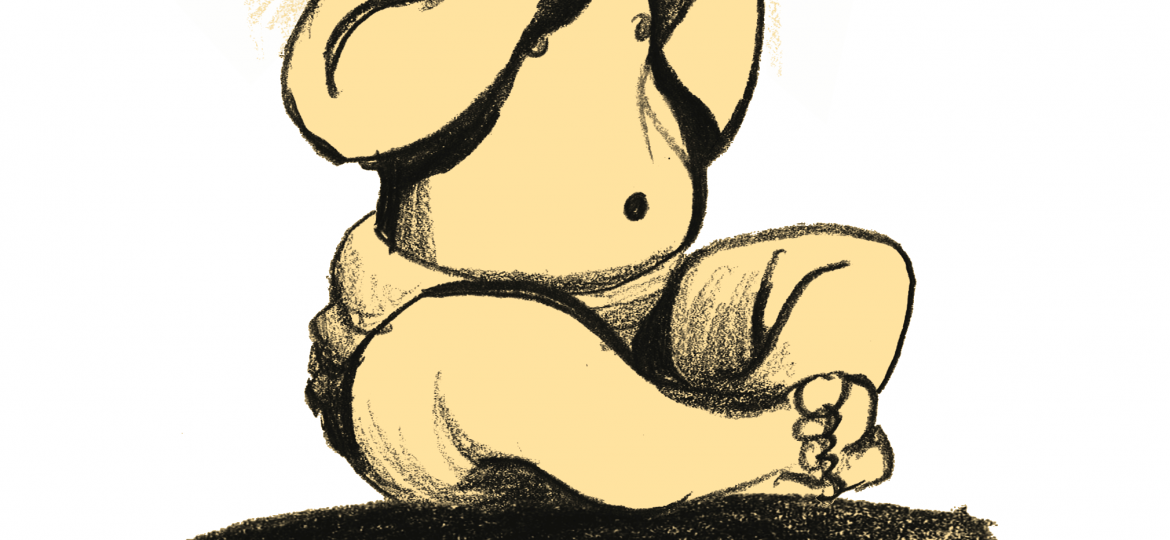
I was scrolling lackadaisically through my Twitter feed when I first came across the video of Quaden Bayles, a 9-year-old boy with achondroplasia — a form of dwarfism — crying because of the bullying he faces at school due to his condition. My heart went out to him immediately as I questioned how it was that unnamed, faceless children could be so cruel and why (from my limited viewpoint, three minutes of feeling as though I had known little Quaden) no one had been able to do anything about his tormentors.
I was not alone in feeling this way because over the next few days support from around the world — including Hugh Jackman and Chris Hemsworth — poured in. The actors sent Quaden videos telling the boy they are “stronger than [they] know.” It felt as though the battle was won.
I did not think about little Quaden for a few days after that until, lackadaisically scrolling through my Instagram feed, I came across a curious conspiracy claiming he was not a 9-year-old victim of bullying. Instead, the post claimed Quaden was an 18-year-old clout-chaser looking to increase traffic to his pages by “finessing” the unsuspecting public. A quick Google search revealed these claims to be wrong, but still a number of people continue to share them. That being said, I would not be shocked if my feeble attempt at corroboration was an outlier rather than the norm.
I make no claim of this to be a novel insight about social media. The number of thought pieces using (successfully or not) adapted postmodern theories of “othering” when trying to locate exactly what it is that makes the alienation of social media particularly harmful are dime a dozen. However, it bears thinking about particularly when the individual being put up as an object to be consumed by a hidden mass of people is a child.
Quaden’s mother, Yarraka, says she put the video online to show the real suffering of people who are bullied. Judging by the aforementioned outpouring of support and equally vocal condemnations of bullying, that mission was unequivocally accomplished. Nevertheless, the significance of that moral stance involving a video of her son during one of his lowest moments means that for every hundred messages of support, at least one conspiracy theorist or Minnesotan college newspaper columnist will subvert whatever intention was loaded in that moment for their own ends.
There is nothing absolutely unique about the manner of access the internet gives us to others phenomenologically. The thinking goes, being human in a society entails people the nature of judgements made about public conduct. It further contends that it has never been the case that any individual has ever been in complete control of what those public moments are. To some extent I believe this point is correct; what I dispute however is the sentiment behind it. To say that something is a certain way often acts as a way to sneak in the belief that therefore it is a “just” or “unimportant” wrinkle in determining our conduct towards each other. In other words, just deal with it.
Insofar as my power to increase en masse human tenderness towards each other, I suspect “just dealing with it” is inevitable, but that ought not be the case for Yarraka Bayles and others who are charged with the sacred duty of caring for the young. Her call to action will likely have inspired others in similar positions to Quaden but to bear the cross of being a Jesus-figure is not to be taken lightly, and as such only Quaden should choose — whenever he comes of age — whether that path is for him. In society we are responsible for others in everything we do, but there are moments when it is our duty to shrink that obligation and be particularly mindful of those who only have us to look to for protection.

